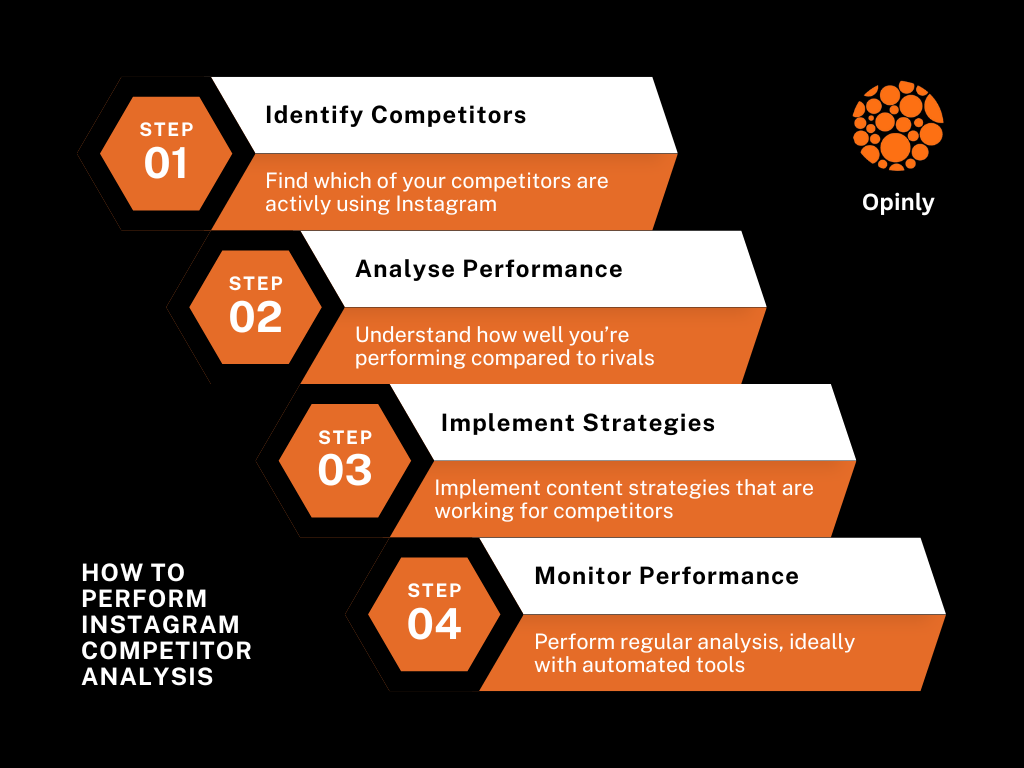Optimizing the Low Touch Sales Model
Optimize your low-touch sales model with strategies like automated lead qualification, CRM use, self-service options, and customer feedback loops to boost efficiency, engagement, and customer satisfaction.

In today’s dynamic business environment, a low touch sales model is becoming increasingly vital for organizations aiming to reduce costs while maximizing efficiency. This approach minimizes direct interactions with sales representatives, instead relying on automation and self-service options. In this blog post, we will explore effective strategies to optimize your low touch sales model, ensuring it becomes a key driver of success for your business.
1. Automated Lead Qualification
An essential step in streamlining your sales process is the implementation of automated lead qualification. By utilizing tools such as chatbots and AI analytics, businesses can efficiently filter high-quality leads. This not only lightens the workload for your sales teams but also significantly increases your conversion rates.
Benefits:
- Reduces manual effort in lead filtering.
- Increases sales team productivity.
- Improves lead conversion rates by focusing on quality leads.
2. Content Marketing
Creating high-quality, informative content is crucial for nurturing leads in a low touch sales model. By producing educational resources that address customer concerns and queries, you not only establish your authority in the industry but also help potential customers understand your products better. This strategy effectively reduces the need for direct sales interactions.
Tips for Effective Content Marketing:
- Utilize blogs, videos, and infographics.
- Address common customer pain points.
- Optimize content with relevant keywords for better search engine visibility.
3. CRM Utilization
Leveraging a Customer Relationship Management (CRM) system is fundamental for tracking customer interactions. A well-implemented CRM allows businesses to analyze data and recognize patterns that can inform and optimize sales strategies based on actual customer behavior.
Key Features of CRM:
- Centralized data management.
- Customer interaction tracking.
- Sales performance analysis and reporting.
4. Self-Service Portals
Empowering customers with self-service options can significantly enhance their experience. When customers have the ability to manage their purchases and inquiries independently, it not only ensures a smoother journey but also reduces the reliance on direct sales representatives.
Self-Service Options:
- FAQs and knowledge bases.
- Online ordering systems.
- Customer support ticketing systems.
5. Data Analytics
Utilizing data analytics allows businesses to gain valuable insights into customer behavior and preferences. By analyzing this data, organizations can create tailored offerings and enhance their engagement strategies, which ultimately fosters a stronger customer relationship.
Advantages of Data Analytics:
- Personalized product recommendations.
- Targeted marketing campaigns.
- Improved customer retention strategies.
6. Customer Feedback Loops
Establishing systematic customer feedback mechanisms is pivotal for continuous improvement in the sales process. Regularly gathering insights from customers allows businesses to identify issues quickly and enhance overall customer satisfaction.
Ways to Collect Feedback:
- Post-purchase surveys.
- Online review requests.
- Regular discussions with customers about their experience.
7. Segmented Targeting
By employing segmented targeting, businesses can tailor their sales strategies effectively. Segmenting the audience based on factors such as demographics, purchasing behavior, and preferences ensures that messaging resonates with the specific needs of each customer group.
Effective Segmentation Strategies:
- Use buyer personas to define customer segments.
- Monitor engagement metrics for each segment.
- Adjust marketing strategies based on segment performance.
Conclusion
Incorporating these strategies into your low touch sales model can lead to significant efficiencies and a more customer-centric approach. By automating processes, providing educational content, utilizing CRM tools, and fostering feedback loops, businesses can create a streamlined sales experience that exceeds customer expectations.
For deeper insights and additional resources, we recommend exploring industry-specific websites and academic literature that delve further into optimizing sales processes.
By optimizing your low touch sales model, you're not just improving efficiency—you're setting the stage for sustainable growth and stronger customer relationships.




